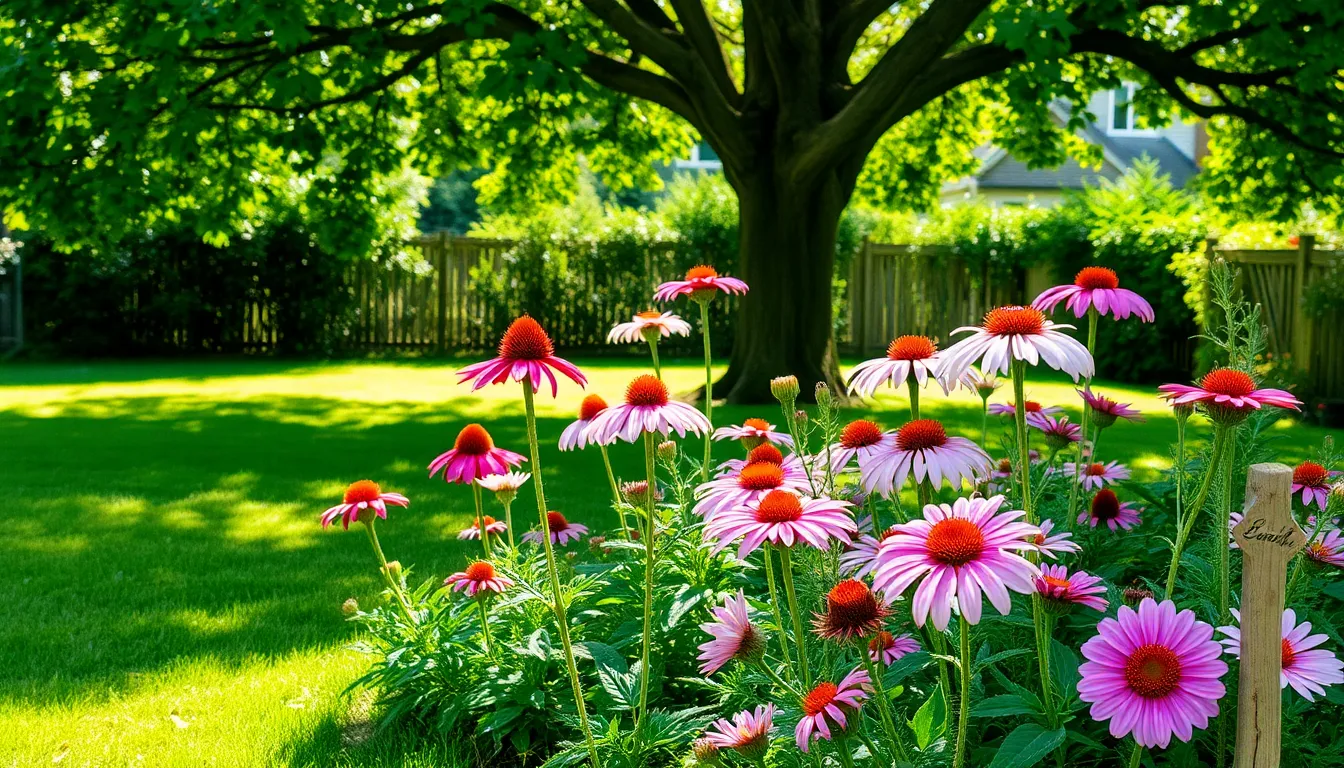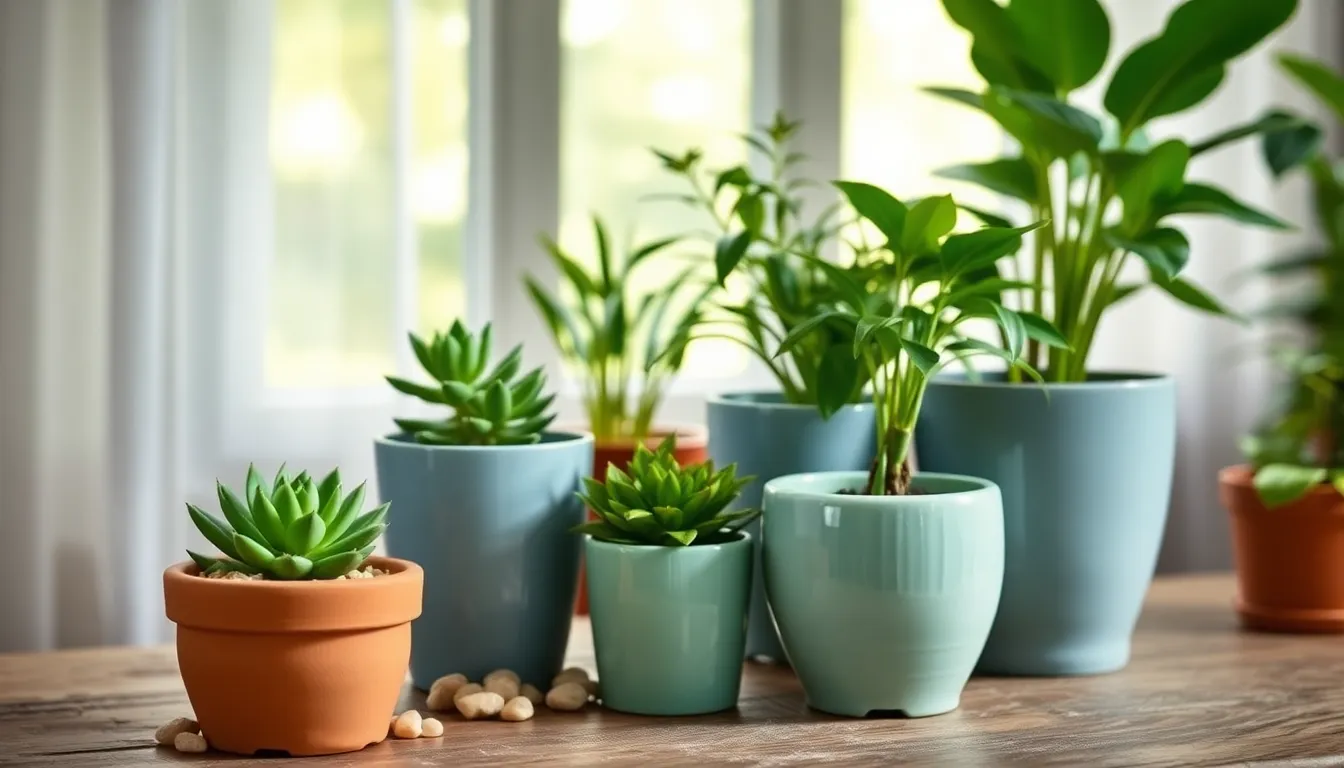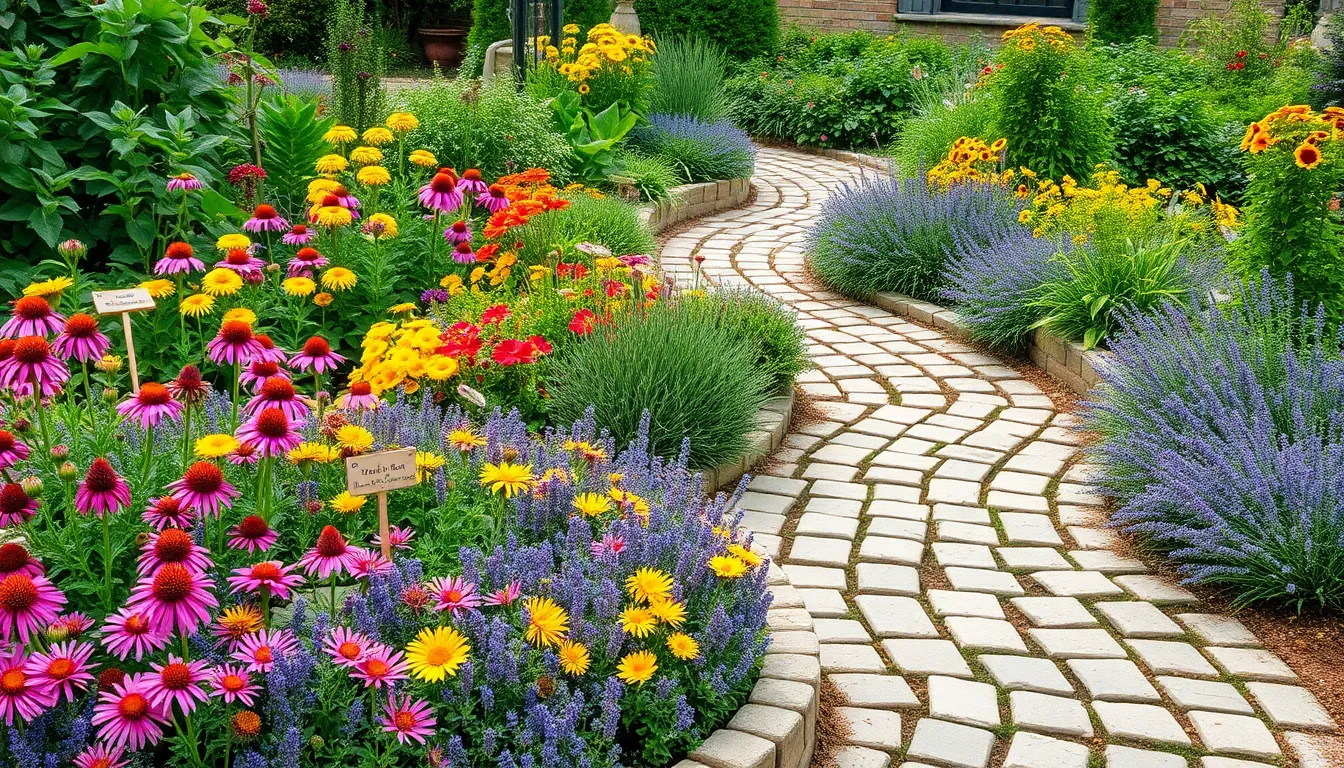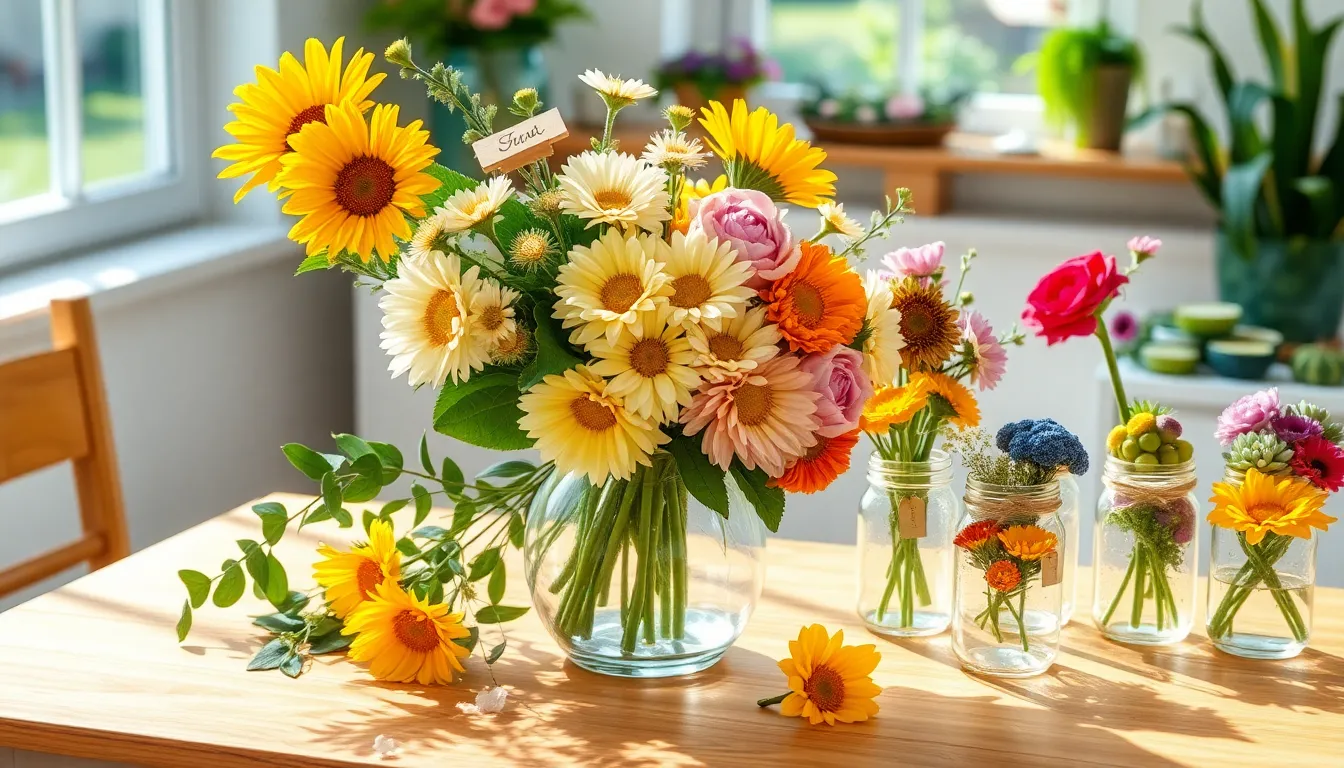There’s something wonderfully exhilarating about stepping into a garden bursting with color, where every plant seems to sing its own vibrant song. Whether you’re just beginning your gardening journey or have long dug your fingers into the soil, the right selection of outdoor plants can transform any space into a lively tapestry of hues. A colorful garden not only delights the senses but also fosters a sense of joy and tranquility that’s hard to match.
For those just starting out, understanding which plants can bring rich, dynamic colors to your garden can be a game-changer. Seasoned gardeners, too, will find that exploring new varieties can rejuvenate an established garden and spark fresh inspiration. In this article, we’ll guide you through a selection of ten stunning outdoor plants that promise to add a splash of color to your garden, no matter your level of expertise.
As we delve into the details, you’ll discover plants that thrive in various climates, offer year-round interest, and require differing levels of care. From radiant perennials to striking shrubs, each plant on our list has been chosen for its unique ability to enhance a garden’s palette. By the end of our journey together, you’ll be equipped with the knowledge to choose the perfect plants for a vibrant, colorful garden that reflects your personal style and creativity.
Bright Beginnings: Sun-Loving Blooms
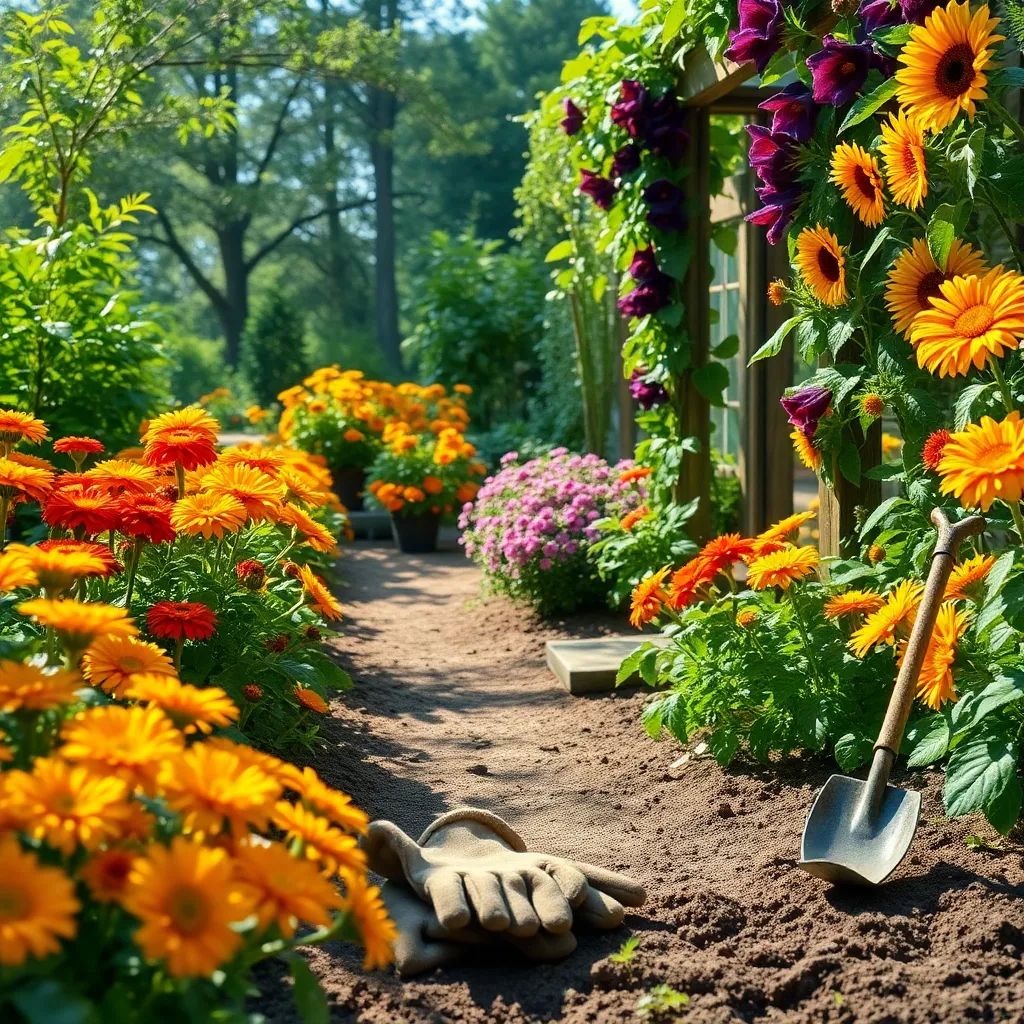
Sun-loving blooms are a fantastic way to add vibrant color and vitality to your garden. These plants thrive in full sun, requiring at least six to eight hours of direct sunlight each day to ensure optimal growth and flowering.
For beginners, zinnias are an excellent choice due to their low maintenance needs and bright, cheerful blooms in a variety of colors. Plant them in well-draining soil, and water them regularly, allowing the soil to dry out slightly between waterings.
Experienced gardeners might consider delving into the world of sunflowers, which can create dramatic focal points due to their height and striking appearance. To support their rapid growth, enrich the soil with compost and keep the plants well-watered, especially during dry spells.
Another sun-loving favorite is the marigold, known for its pest-repelling properties and vibrant hues. These hardy annuals prefer fertile, well-drained soil and respond well to regular deadheading, which encourages more blooms.
Shade-Tolerant Beauties for Balance
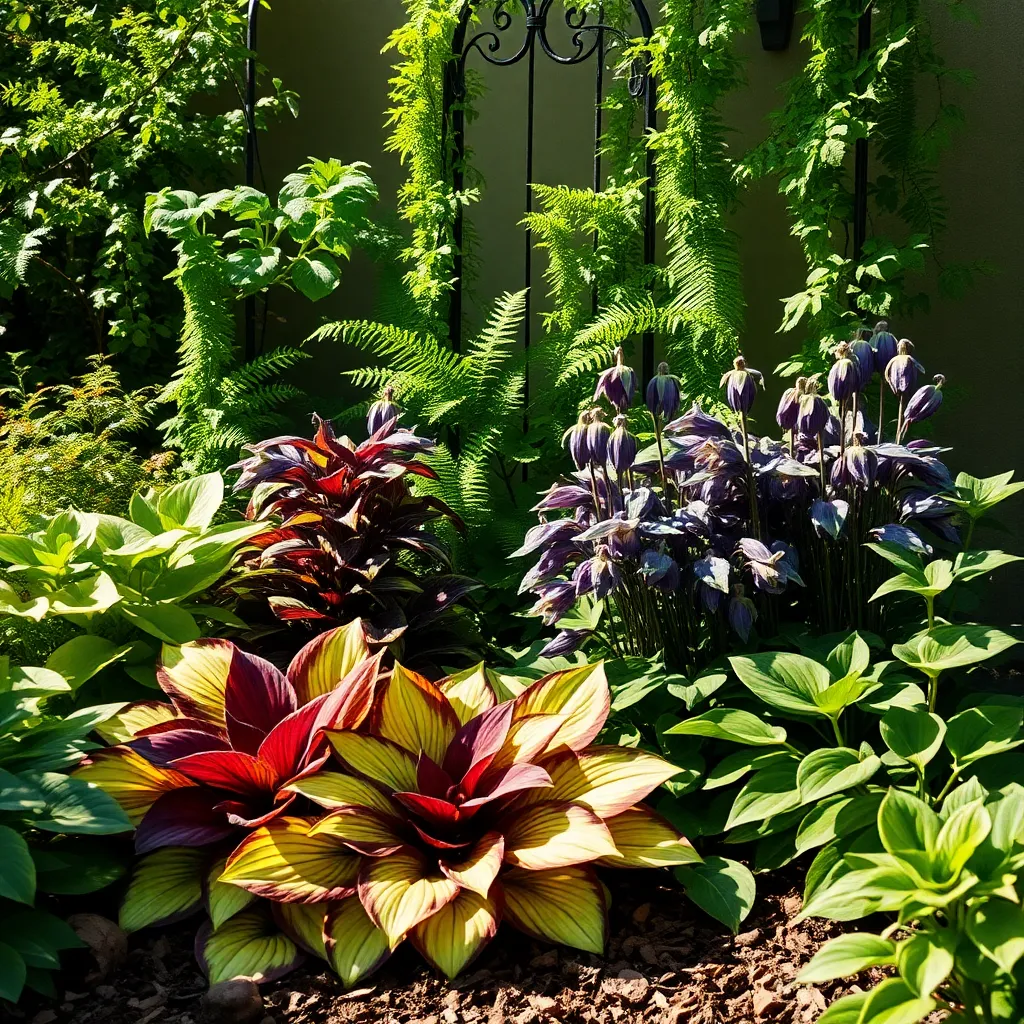
Incorporating shade-tolerant plants can bring harmony and balance to your garden, especially in areas that receive less sunlight. These plants thrive under tree canopies or near structures where direct sunlight is limited, making them perfect for filling out those tricky spots.
Consider planting hostas for their lush foliage and easy care. Hostas prefer rich, well-drained soil and should be watered regularly, especially during dry spells, to maintain their vibrant appearance.
For a pop of color, try astilbes, which boast feathery plumes of pink, red, or white. These beauties thrive in moist soil and benefit from a layer of mulch, helping retain the moisture they need to flourish.
If you’re after a low-maintenance option, ferns are your go-to, adding texture and greenery with minimal fuss. Ferns prefer consistently moist soil and do well with occasional fertilization in the growing season to encourage healthy fronds.
Vibrant Perennials for Lasting Color
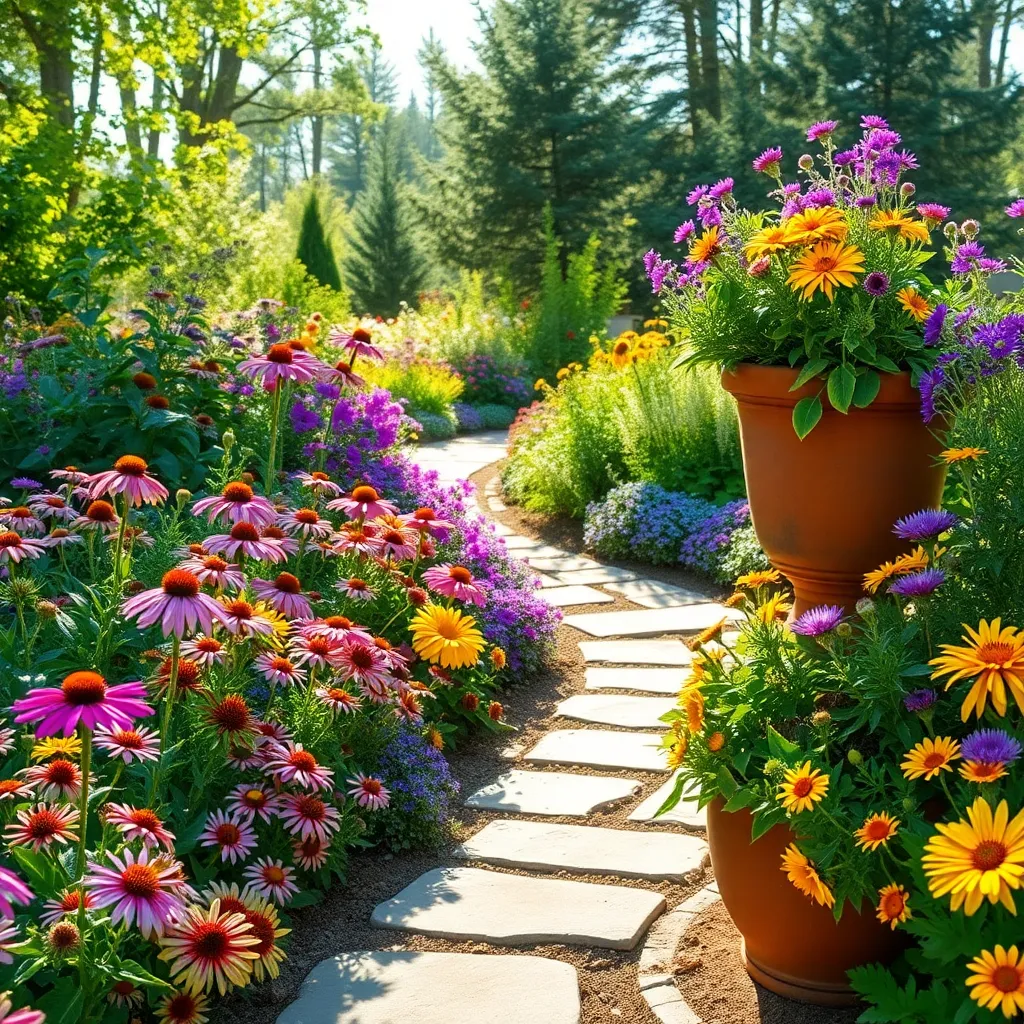
Perennials are the backbone of any colorful garden, providing vibrant blooms year after year. To ensure your perennials thrive, choose varieties suited to your climate and soil type, and amend the soil with organic matter to improve drainage and fertility.
Among the most popular perennials are Coneflowers, known for their long-lasting blooms and drought tolerance. They prefer well-drained soil and full sun, and a layer of mulch can help retain moisture and suppress weeds.
Incorporate perennials like Daylilies, which are easy to grow and bloom in a variety of colors. They require minimal care, but deadheading spent blooms can promote further blossoming and keep the plants looking tidy.
For a splash of color in the cooler months, consider adding hardy Geraniums, which offer beautiful flowers and foliage. These perennials thrive in both sun and partial shade, and regular division every few years can enhance their vigor and flowering performance.
Annuals: Instant Garden Makeover
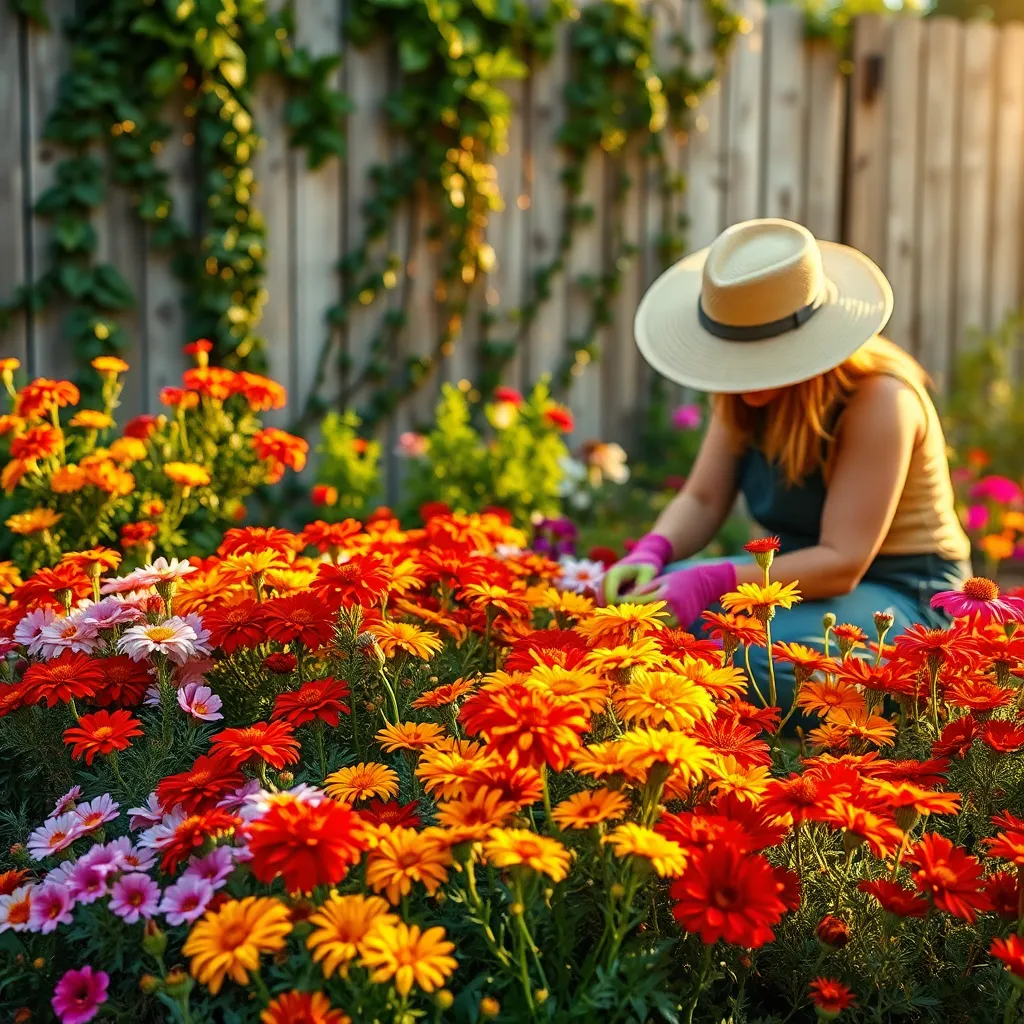
Annuals are an excellent choice for anyone looking to give their garden an instant makeover. They provide a burst of color that lasts for a single season, making them ideal for gardeners who enjoy changing their garden’s appearance each year.
When selecting annuals, consider your local climate, as some thrive in cooler temperatures while others prefer the heat. Popular options like marigolds and petunias are versatile and easy to grow, requiring full sun and well-drained soil.
To maximize their impact, plant annuals in groups or clusters rather than spreading them out. This technique not only enhances their visual appeal but also helps with water retention, as grouped plants create a micro-environment.
Water your annuals regularly but ensure the soil has dried out slightly between waterings to prevent root rot. A general rule of thumb is to water them deeply once a week, increasing frequency in hotter weather.
For a lush display, apply a balanced, slow-release fertilizer at the start of the growing season. Deadheading spent flowers encourages continuous blooming, ensuring your garden remains vibrant throughout the summer months.
Colorful Foliage for Added Texture
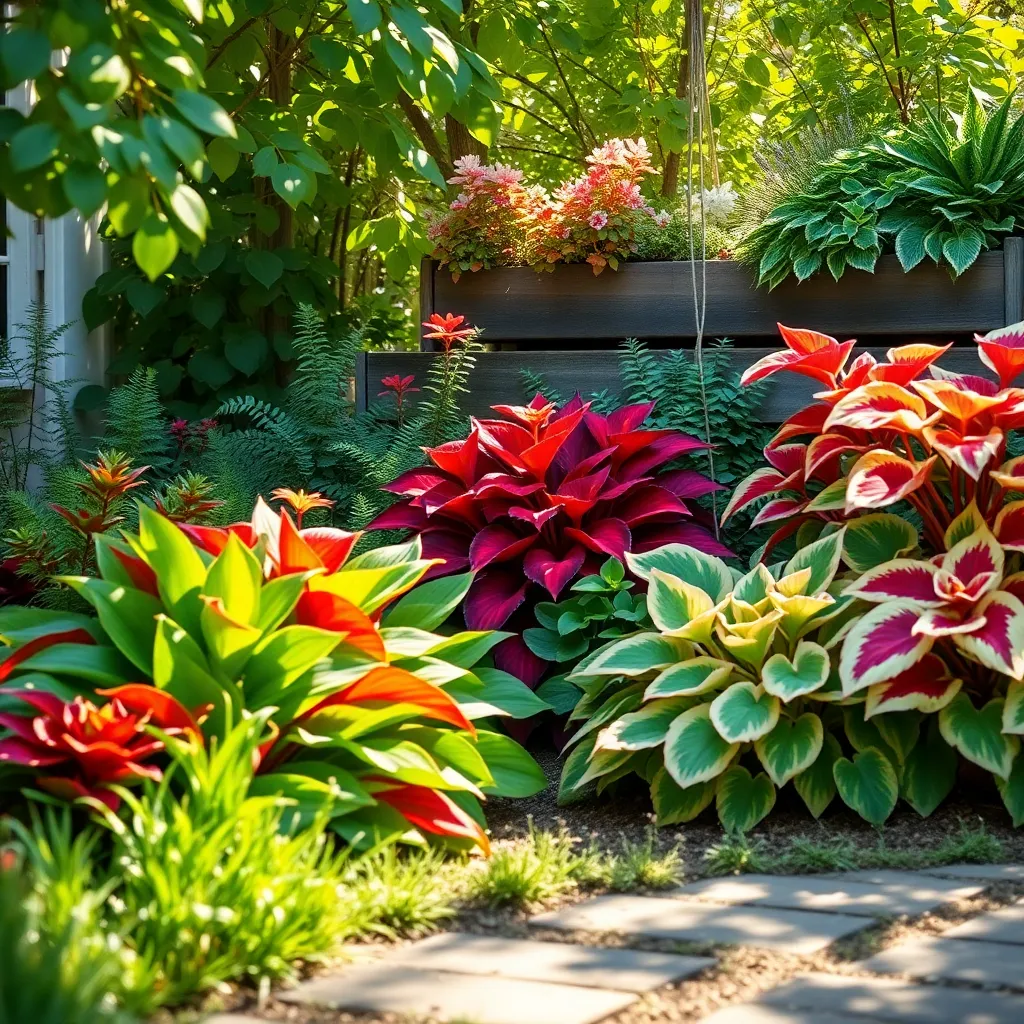
Adding colorful foliage to your garden can create a dynamic visual impact through texture and hue. One popular choice is the Heuchera, known for its vibrant leaves ranging from deep burgundy to bright lime green.
Heuchera thrives best in well-draining soil with partial shade, making it a versatile option for many garden settings. To keep your Heuchera healthy, ensure it gets enough moisture, especially during dry spells, but avoid waterlogging the roots.
For those in warmer climates, consider the Coleus, a plant celebrated for its striking multicolored leaves. This plant is perfect for adding a tropical feel to your garden and can be grown in containers or directly in the ground.
To maximize Coleus’s vibrancy, plant it in a location where it will receive morning sun and afternoon shade. Regular pinching back of the stems will encourage bushier growth and prevent the plant from becoming leggy.
If you’re looking for something that can handle more sunlight, the Japanese Maple might be the perfect addition to your garden. This tree is admired for its delicate, lace-like foliage that comes in a variety of colors, including reds, oranges, and yellows.
Japanese Maples prefer slightly acidic, well-draining soil and benefit from a protective layer of mulch to retain moisture and regulate soil temperature. To maintain its shape and promote healthy growth, prune the tree in late winter while it is still dormant.
Native Plants for Easy Maintenance
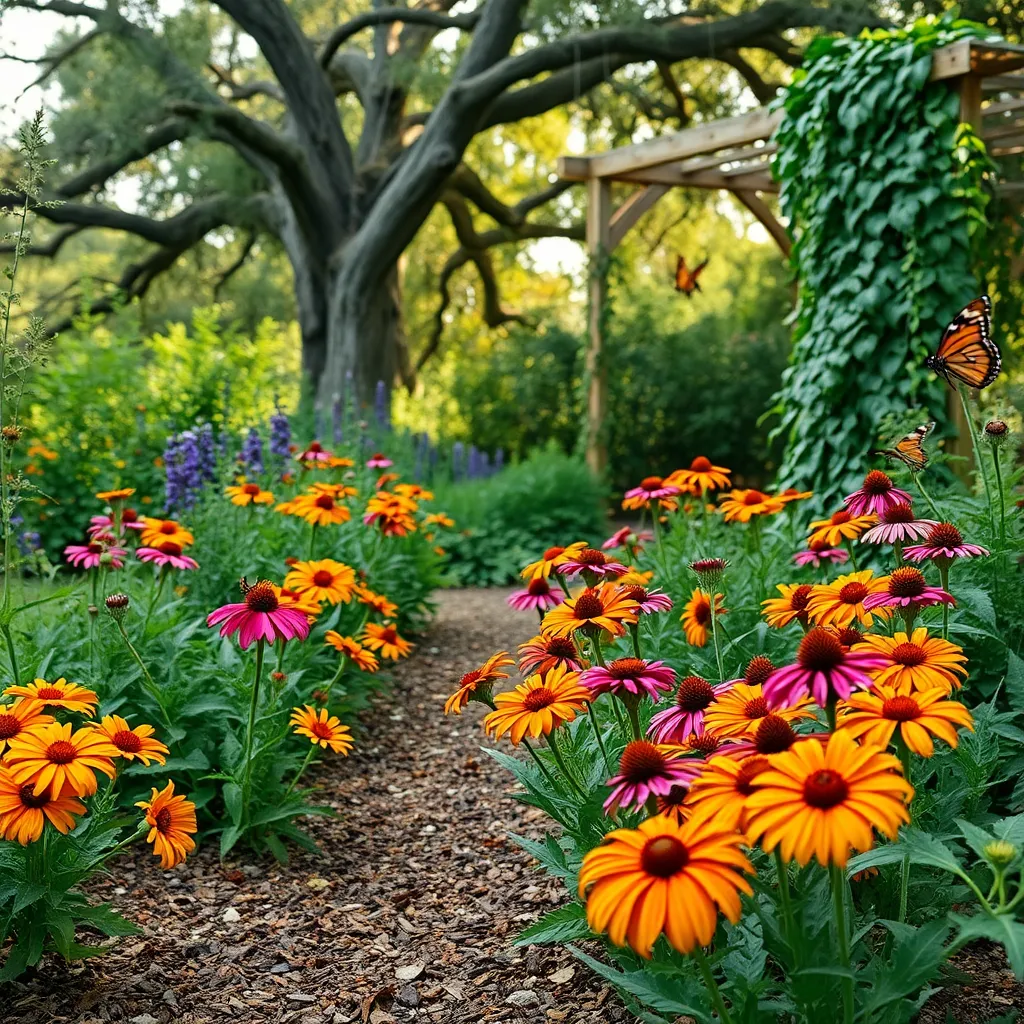
Choosing native plants for your garden can significantly reduce maintenance effort and increase the resilience of your landscape. These plants are adapted to local climate conditions, which means they require less water and fertilization compared to non-native species.
One excellent choice for a native plant is the Butterfly Milkweed (Asclepias tuberosa), which thrives in well-drained, sandy soils and needs full sun to bloom abundantly. It is drought-tolerant once established, making it a great option for low-maintenance gardens while also attracting butterflies and other pollinators.
For those in shadier areas, consider planting the Eastern Columbine (Aquilegia canadensis), which prefers partial to full shade and well-drained soil. This plant is known for its striking red and yellow flowers that bloom in spring, providing early-season color and supporting local wildlife.
When planning your native plant garden, remember to group plants with similar water and light needs together. This approach simplifies care and ensures each plant receives optimal growing conditions, leading to a healthier, more vibrant garden.
Climbing Plants for Vertical Interest
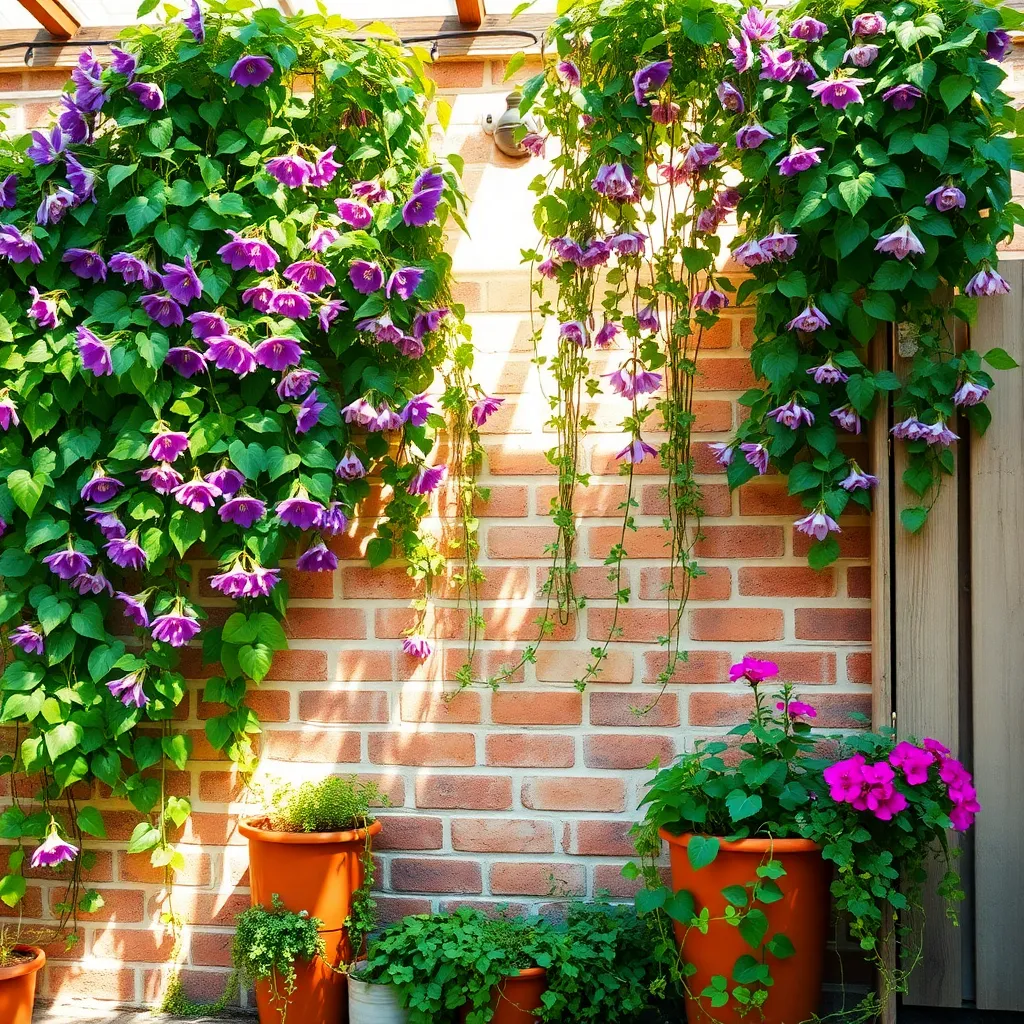
Climbing plants are an excellent choice for adding vertical interest to your garden, offering both beauty and functionality. Consider planting clematis, a versatile climber that thrives in well-draining soil and full sun, to bring a burst of color to your garden walls or trellises.
For gardeners seeking low-maintenance options, honeysuckle is a robust choice that attracts pollinators while requiring minimal care. Ensure it receives at least six hours of sunlight daily and water it deeply once a week during dry spells to keep it flourishing.
Wisteria offers dramatic blooms and a fast-growing nature, making it ideal for covering large areas with stunning cascades of flowers. Prune regularly to control its growth and support it with a sturdy structure to prevent damage from its weight.
To create a lush, tropical vibe, try growing passionflower, which offers exotic blooms and vibrant foliage. Passionflower prefers a sunny spot with rich, well-drained soil, and it benefits from a mulch layer to retain moisture and suppress weeds.
Fragrant Blossoms to Delight Senses
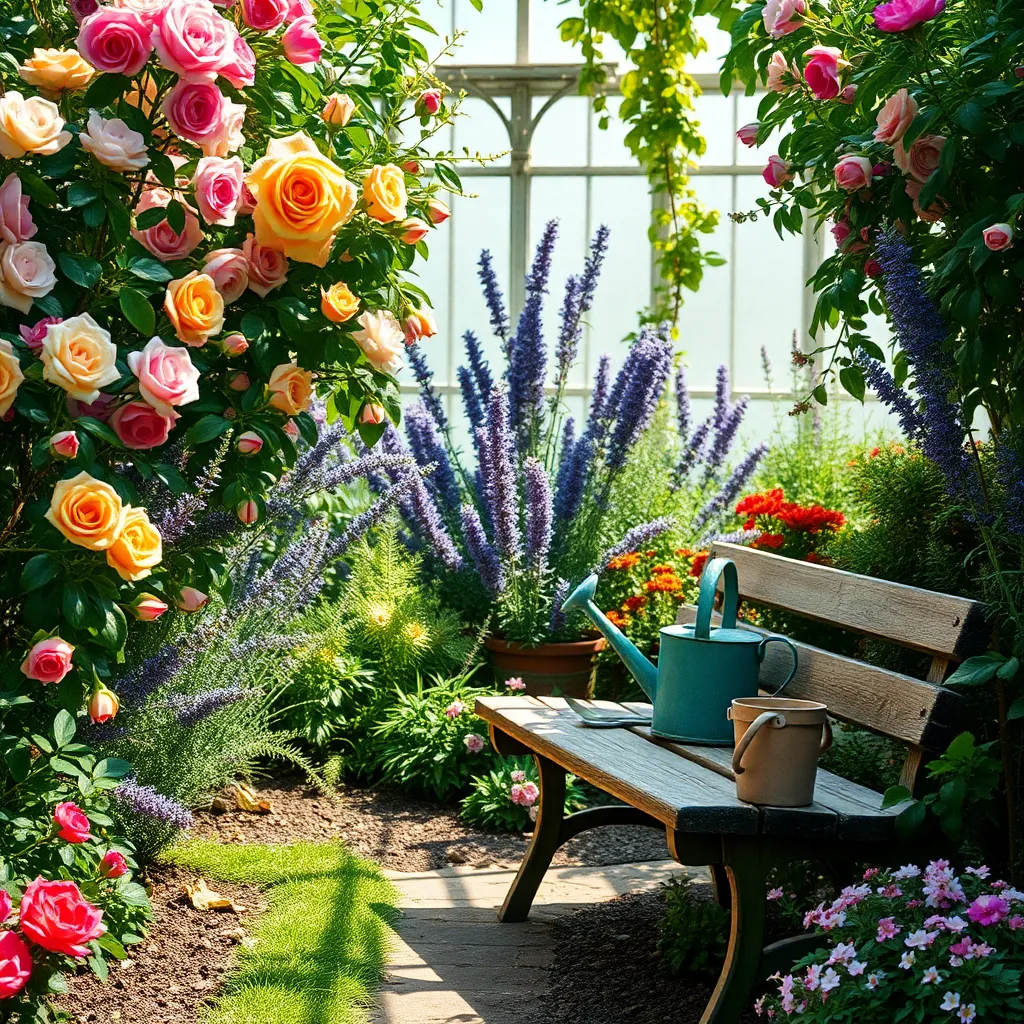
Few things are as enchanting in a garden as the aroma of fragrant blossoms. To create this sensory experience, consider planting lavender, which thrives in well-drained soil and full sun. Regular pruning after blooming will not only keep the plant tidy but also encourage new growth. For a more advanced approach, propagate lavender through cuttings to expand your aromatic garden naturally.
Another delightful choice is the gardenia, known for its intoxicating scent and glossy leaves. Gardenias prefer acidic soil and need regular watering while avoiding waterlogged conditions. A tip for experienced gardeners is to mulch around the plants to retain moisture and maintain soil acidity. Use a fertilizer specifically designed for acid-loving plants to boost their bloom production.
Consider the inclusion of jasmine, which can adorn trellises or pergolas with its sweet-smelling flowers. Jasmine requires a sunny location and regular watering, especially during dry spells. To encourage a more bushy growth, pinch off the tips of new shoots periodically. This will not only enhance the plant’s appearance but also increase the number of blooms.
Lastly, honeysuckle is an excellent choice for adding fragrance and attracting pollinators. Plant it in a spot that receives full sun to partial shade, and ensure it is supported by a structure like a fence or arbor. For optimal flowering, prune honeysuckle after it blooms to remove dead wood and shape the plant. With these practical tips, your garden will not only look vibrant but also smell heavenly, creating an inviting outdoor space.
Edible Plants with Visual Appeal
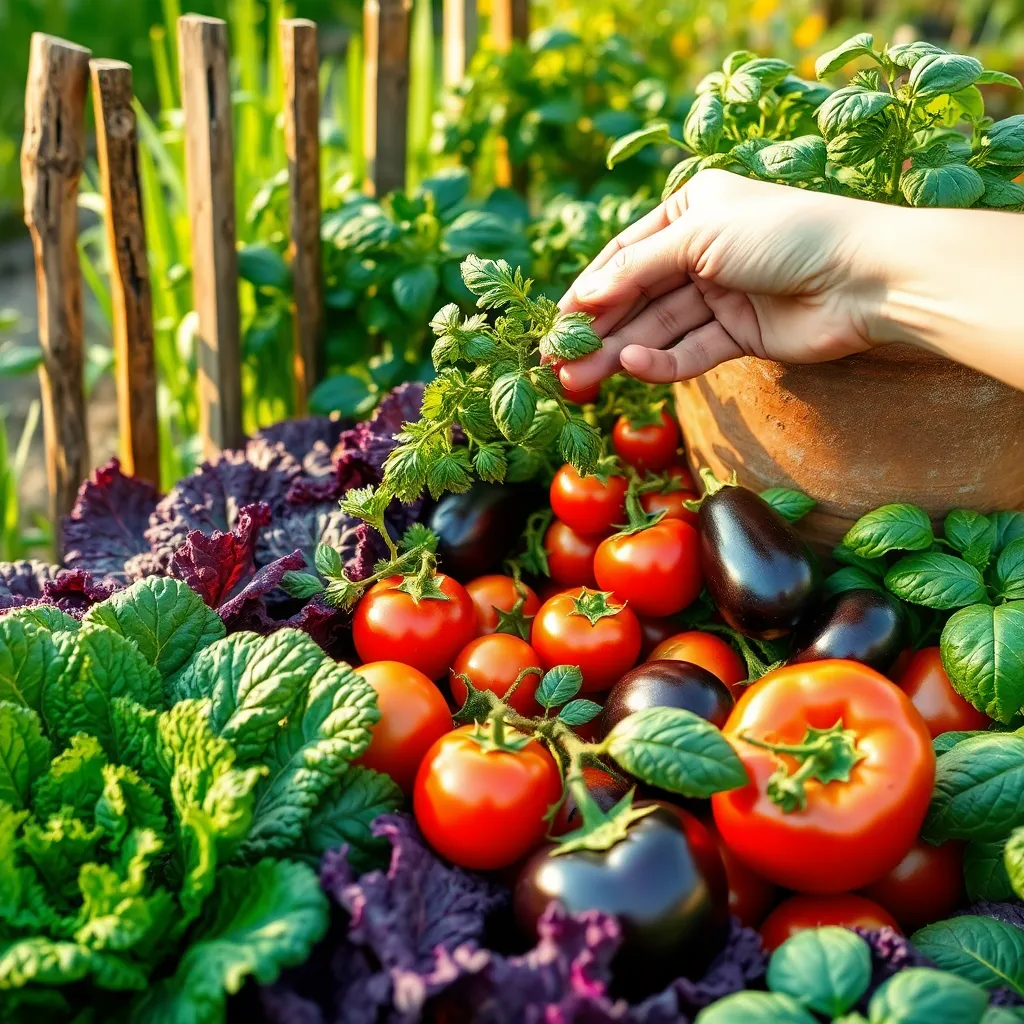
Consider adding Swiss chard to your garden for its striking colorful stalks and lush foliage. It thrives in well-drained soil and requires regular watering, making it a vibrant yet low-maintenance option for both novice and seasoned gardeners.
Another visually appealing edible plant is rainbow carrots, which offer a spectrum of colors ranging from deep purple to golden yellow. These carrots prefer sandy, loose soil and should be sown directly into the garden bed under full sun for optimal growth.
For those seeking both beauty and flavor, nasturtiums provide vibrant blooms and peppery leaves that are entirely edible. They grow best in poor to average soil, which encourages more flowers, and require minimal watering, making them ideal for busy gardeners.
To enhance your garden’s visual appeal, plant purple basil, which offers not only a unique color but also a delightful aroma. Ensure it receives plenty of sunlight and is planted in rich, well-drained soil to encourage lush growth and a plentiful harvest.
Seasonal Stars: Year-Round Highlights
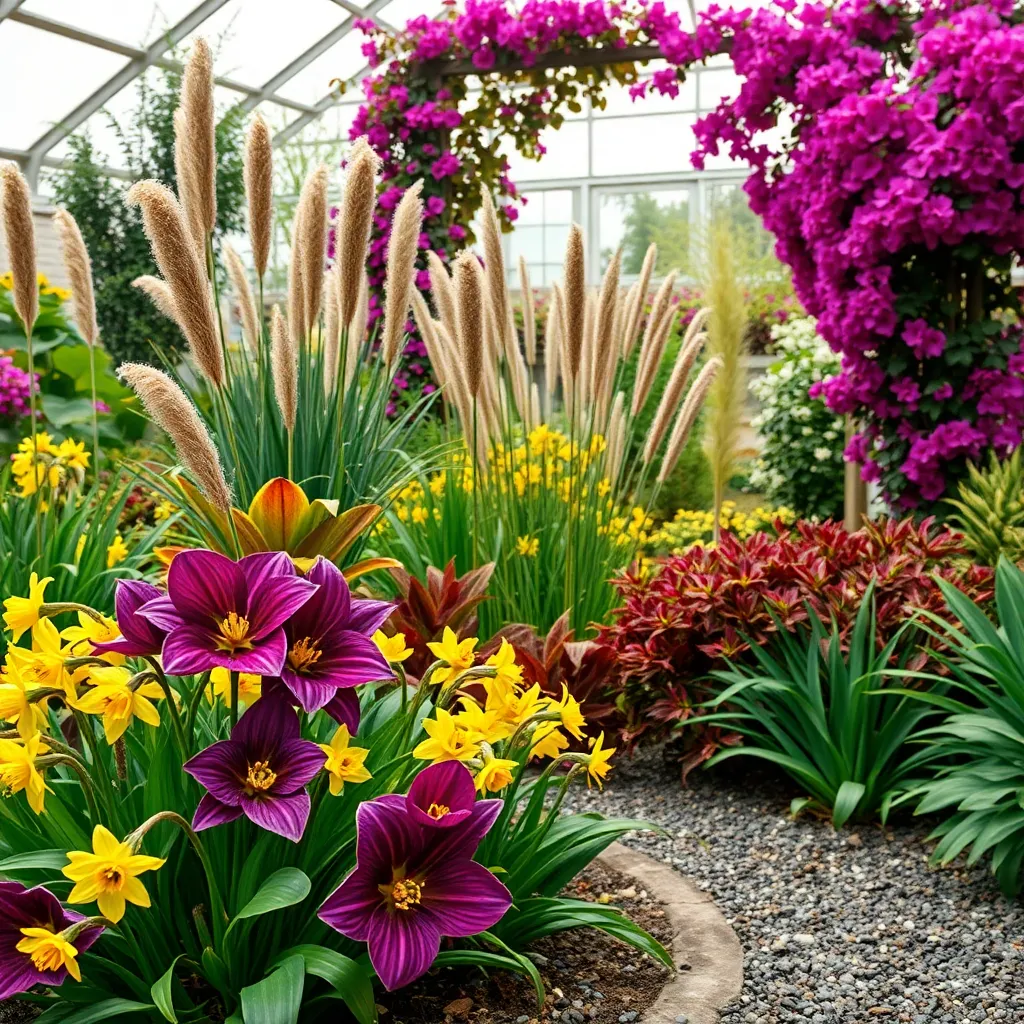
To enjoy a vibrant garden all year, consider choosing plants that shine in each season. Spring standouts like tulips and daffodils can be planted in well-draining soil in the fall to provide a burst of color as winter fades.
In summer, embrace the heat-loving brilliance of daylilies and rudbeckias, which thrive in full sun and require regular watering to maintain their lush blooms. For a pop of color in shaded areas, consider planting hostas, which offer stunning foliage and can be paired with ferns for a textured look.
Autumn gardens can be enriched with the fiery hues of chrysanthemums and asters, which demand a sunny spot and benefit from deadheading to prolong their blooming season. To enhance your garden’s structure, consider planting ornamental grasses like miscanthus, which offer movement and interest even through winter.
During the colder months, evergreens such as boxwood and holly provide structure and color, requiring minimal care beyond protecting them from harsh winds. For a touch of winter interest, plant hellebores, which bloom in late winter and prefer rich, well-drained soil with some protection from intense sunlight.
Conclusion: Growing Success with These Plants
As we explore the vibrant world of outdoor plants, it’s important to remember that nurturing a colorful garden is much like cultivating strong relationships. This article introduced you to ten stunning plants, each symbolizing a key relationship concept: the resilience of Marigolds, the adaptability of Lavender, the nurturing nature of Hydrangeas, the patience of Ferns, the loyalty of Hostas, the harmony of Petunias, the passion of Roses, the balance of Geraniums, the wisdom of Sage, and the optimism of Sunflowers. Just as these plants thrive with care and attention, so too do our relationships blossom with understanding and effort.
Now, take immediate action by choosing one plant that resonates with a relationship you wish to strengthen. Plant its seeds, and as it grows, let it be a living reminder of the qualities you wish to nurture.
Remember, every vibrant garden needs a guide. Bookmark this article as your go-to resource for relationship growth and inspiration. With dedication and love, your relationships can blossom into a lush, colorful garden of connection and joy. Here’s to your success in cultivating relationships that are as stunning and enduring as the most beautiful garden.

